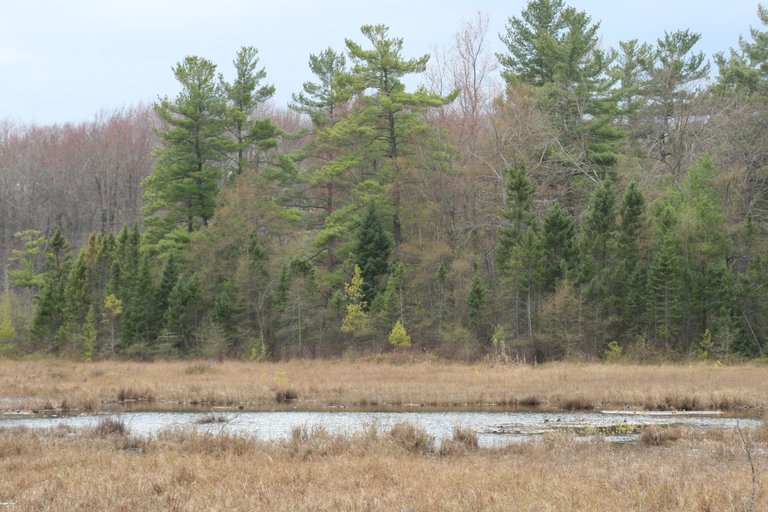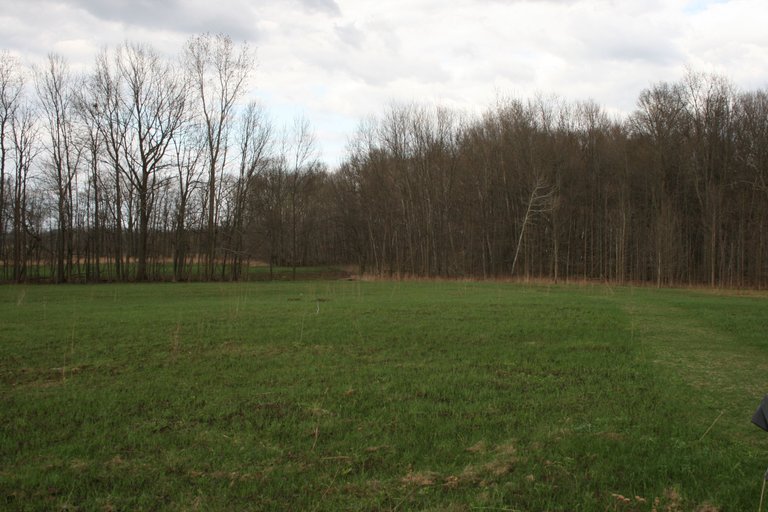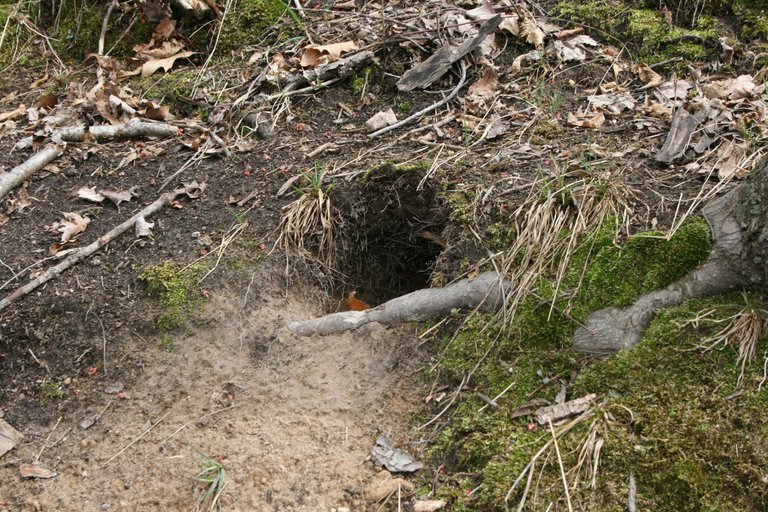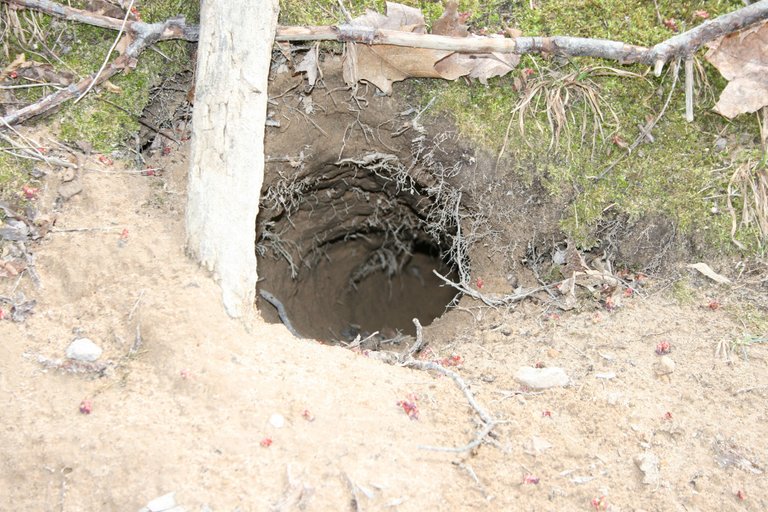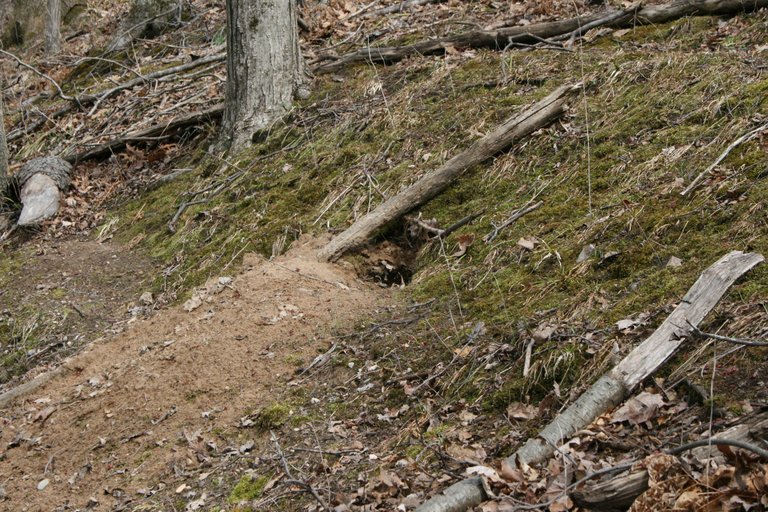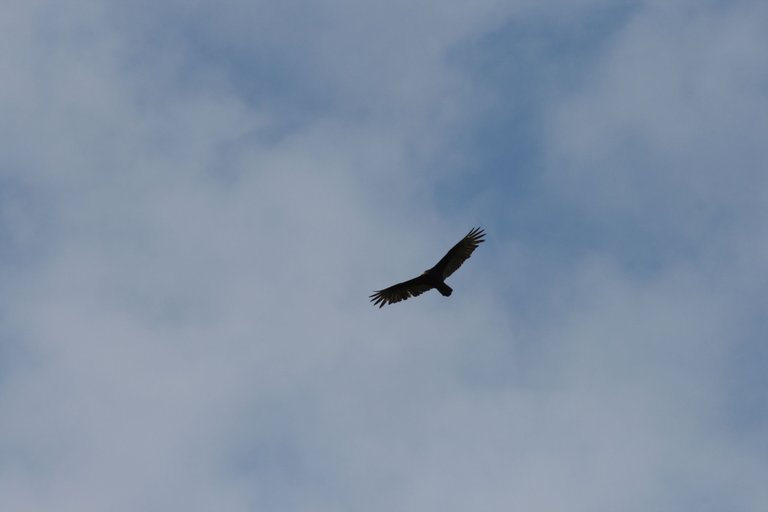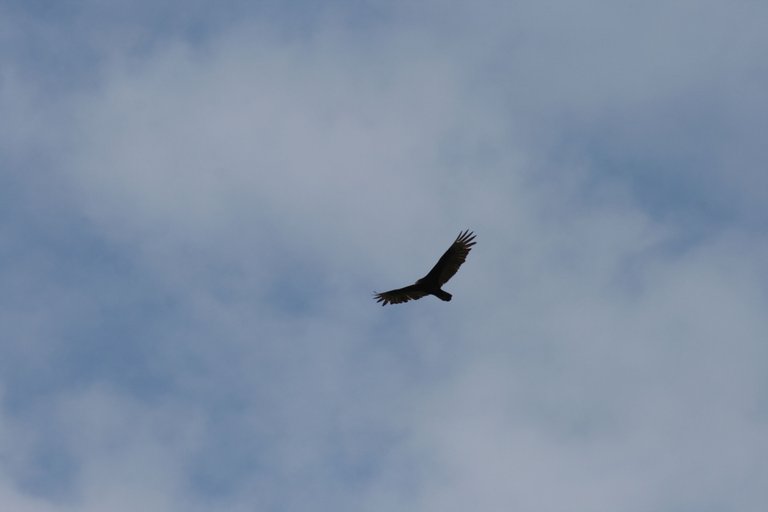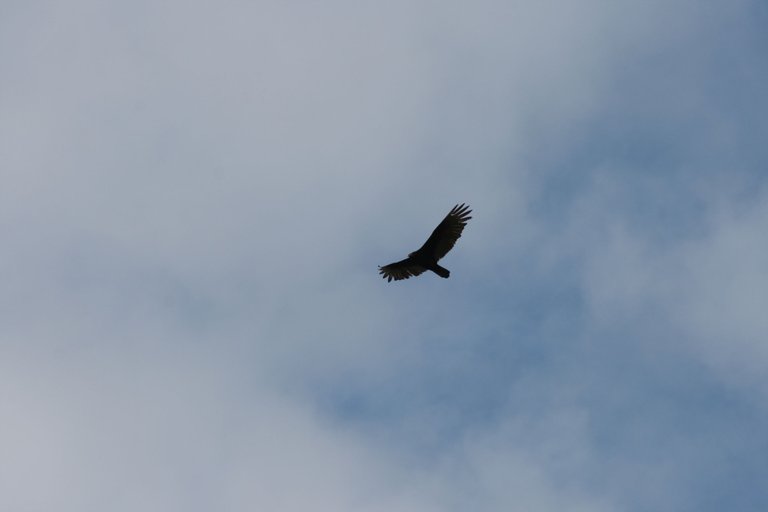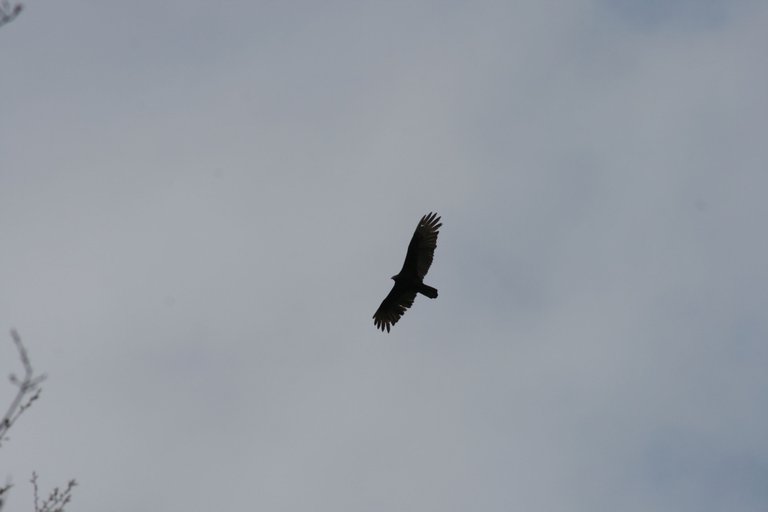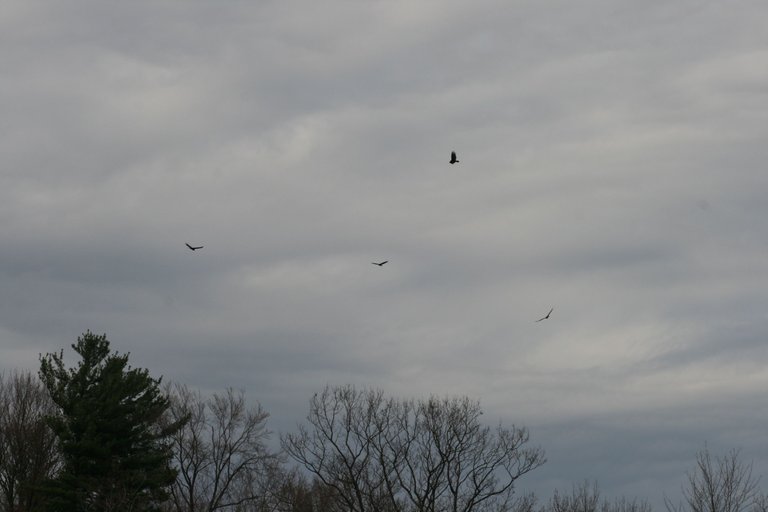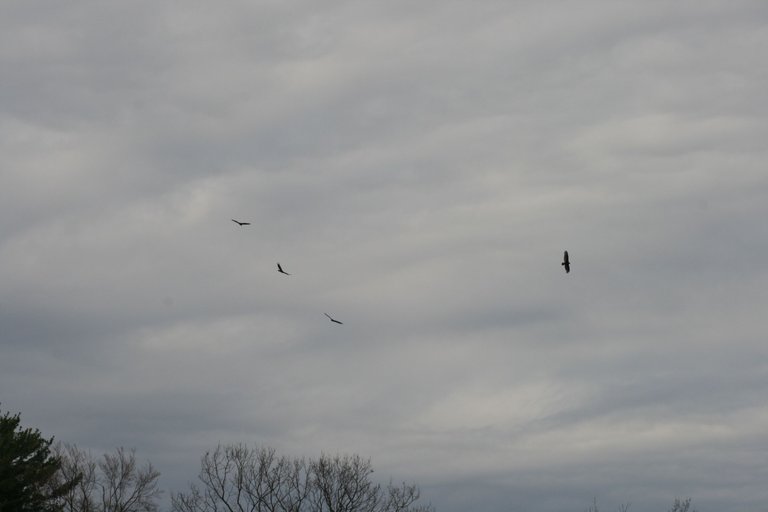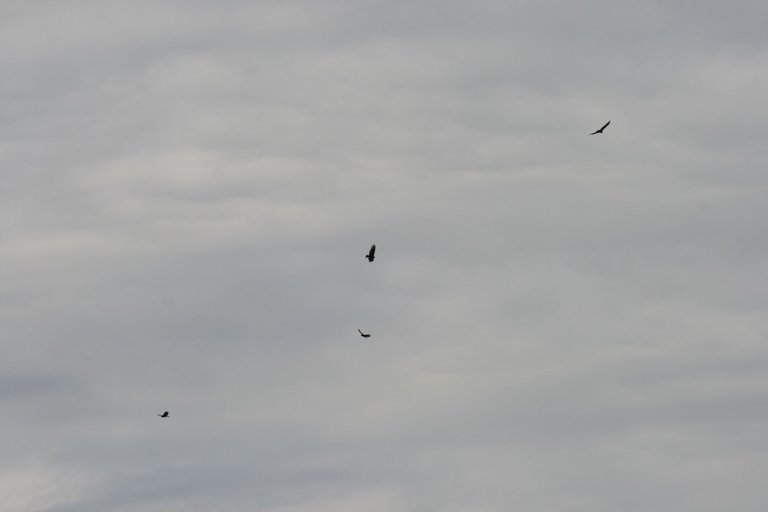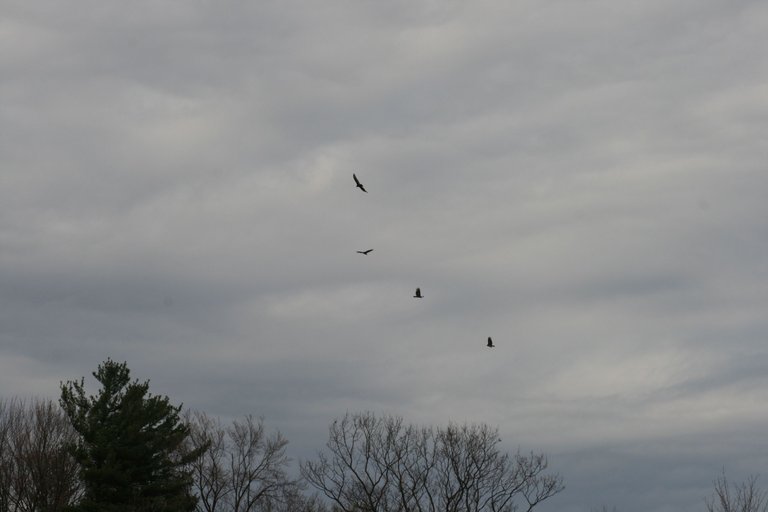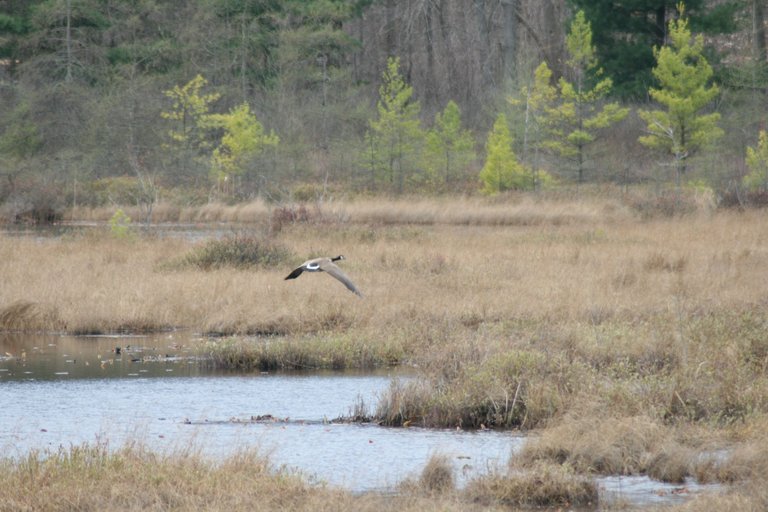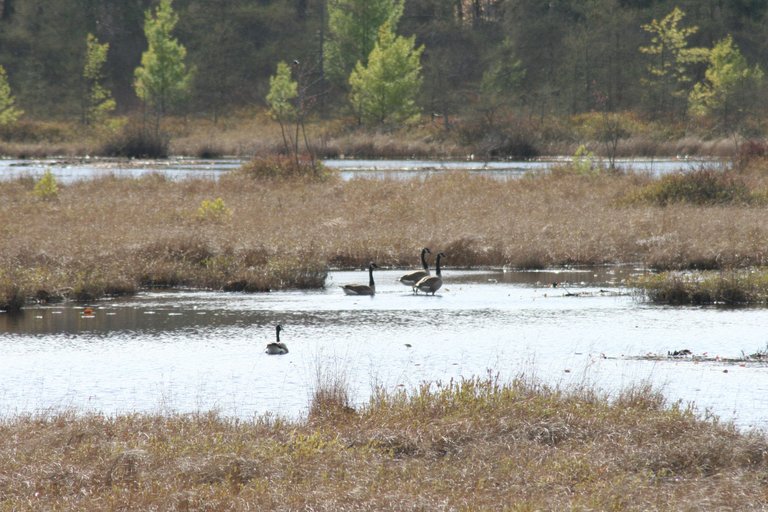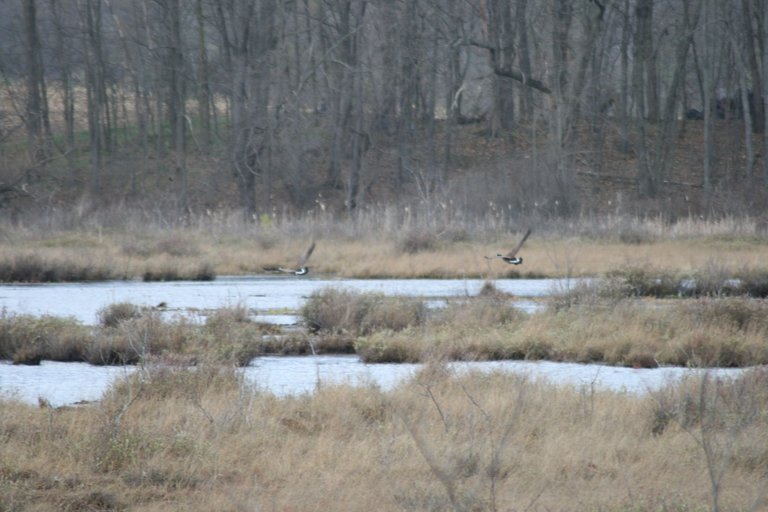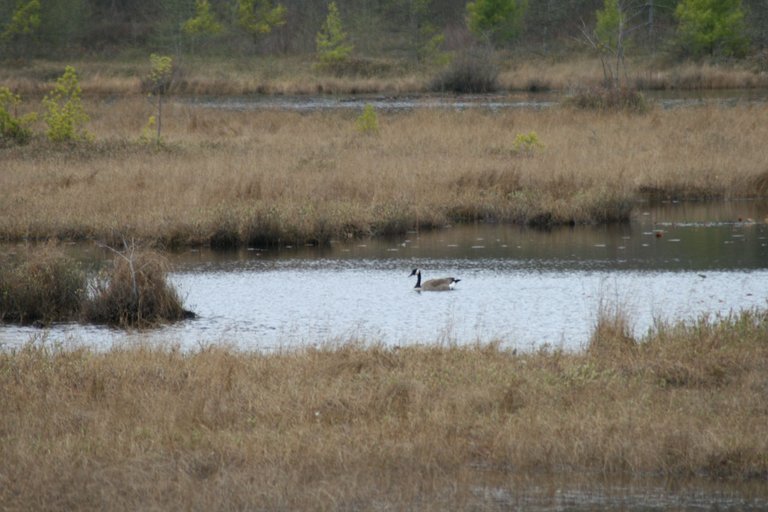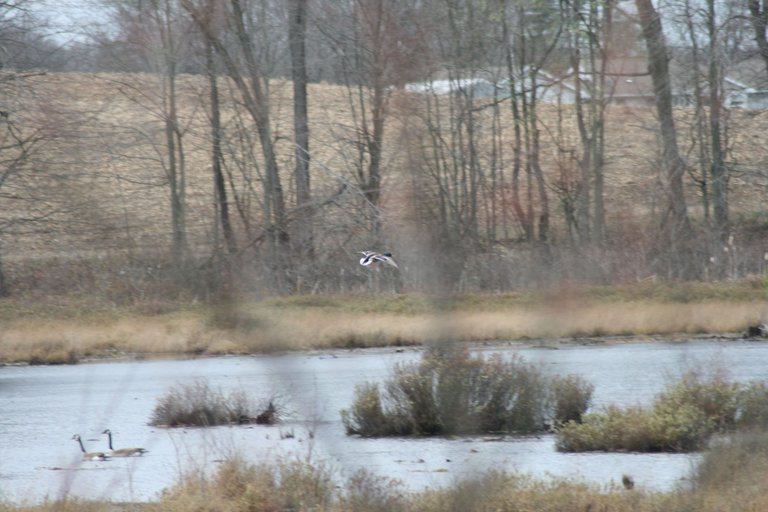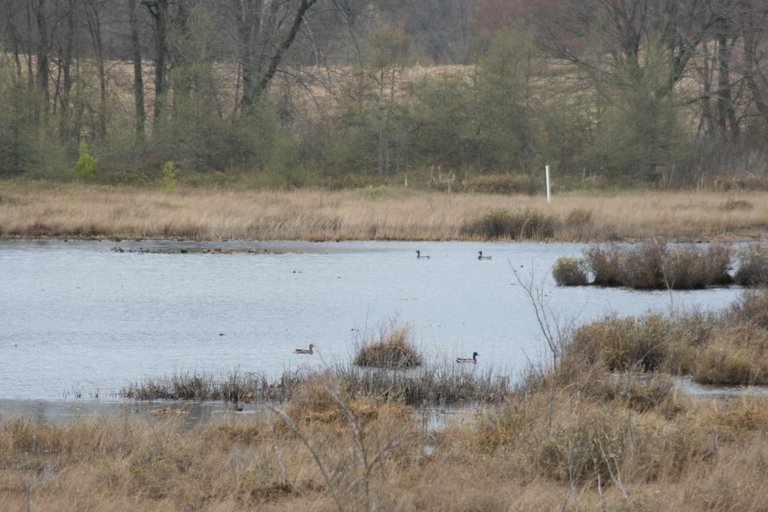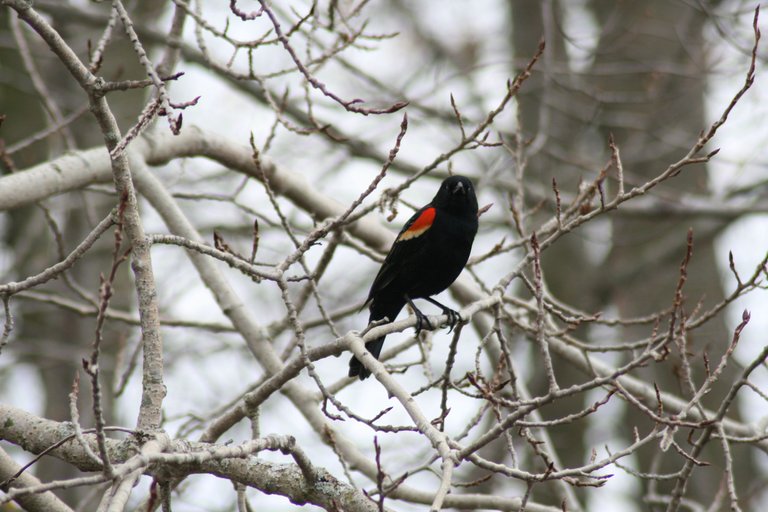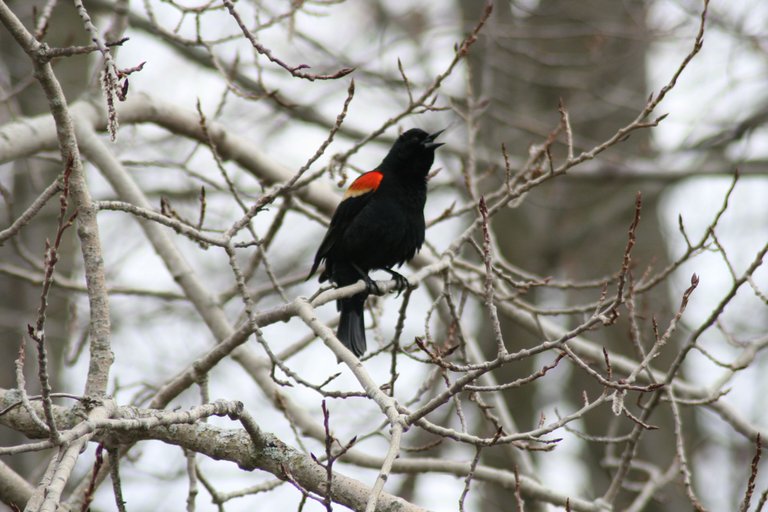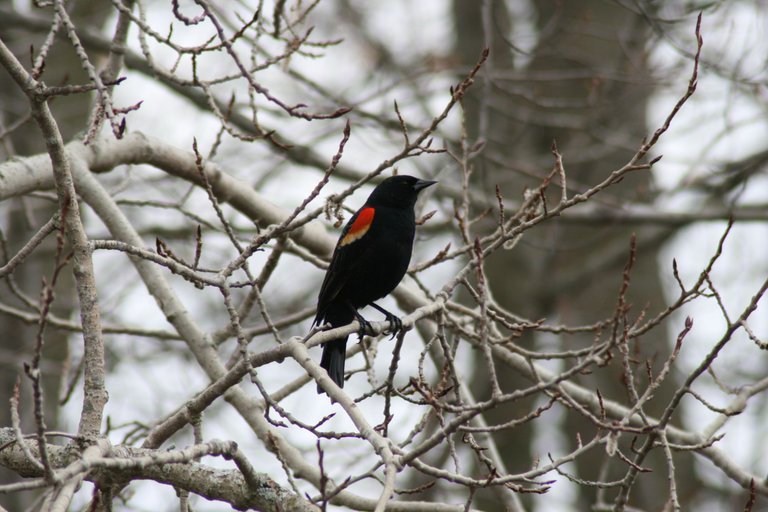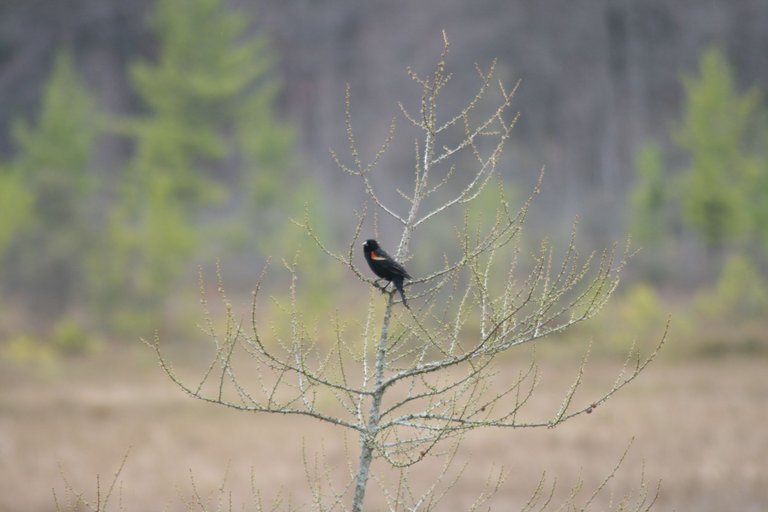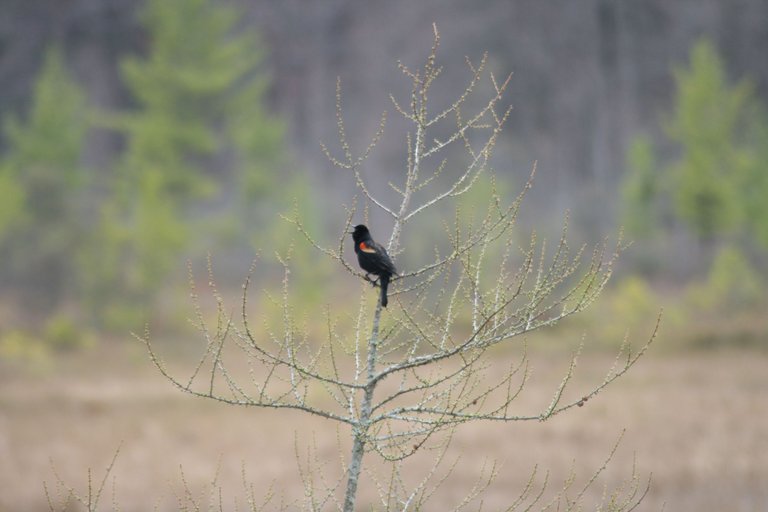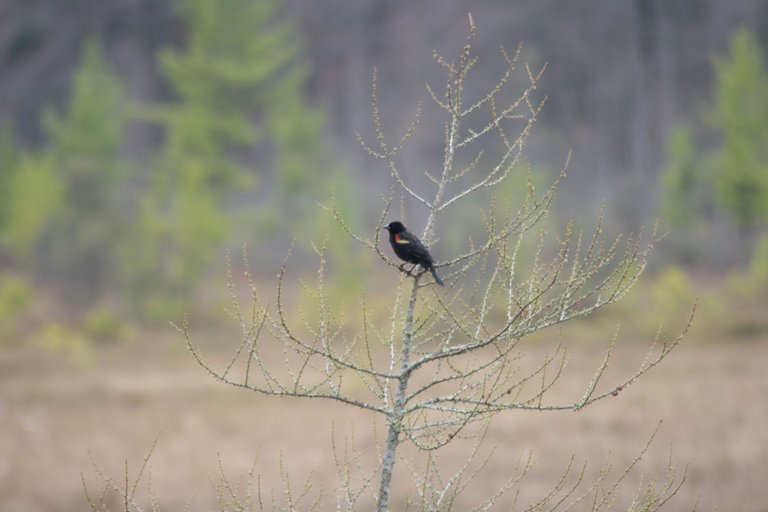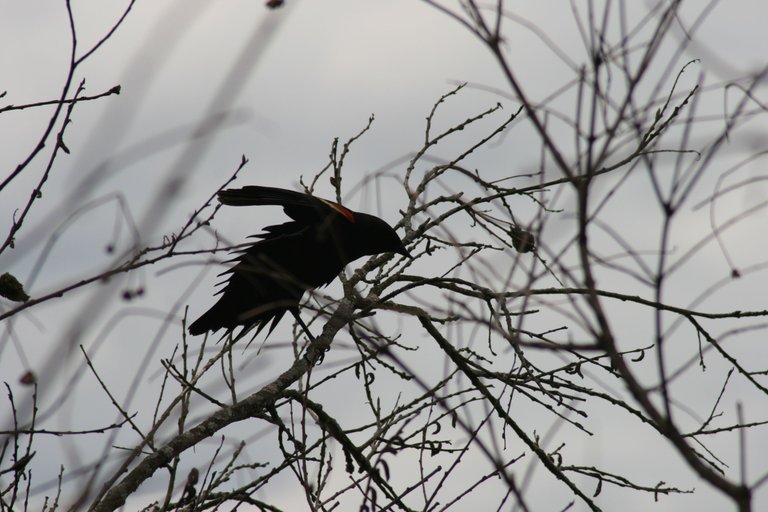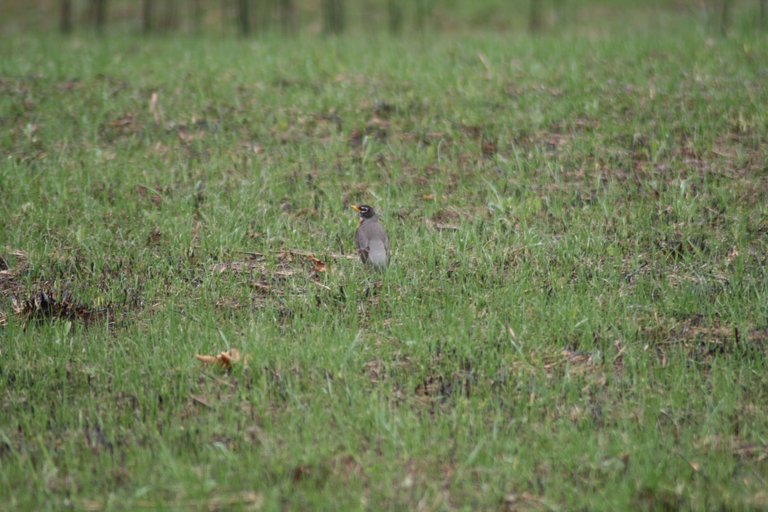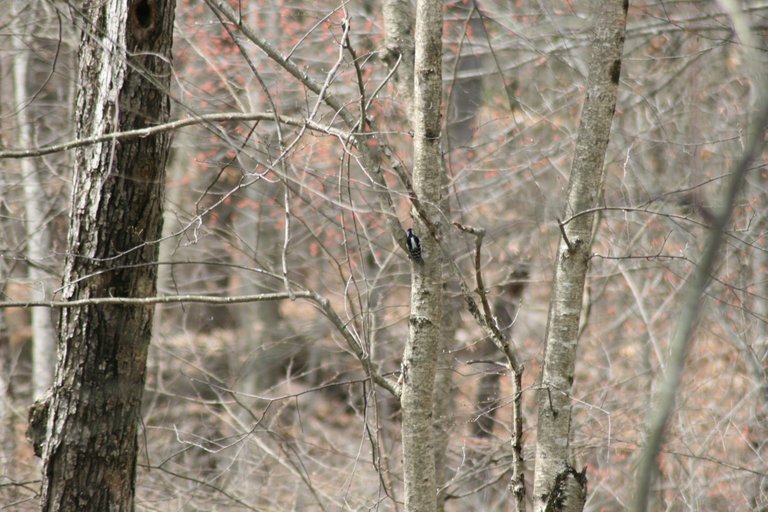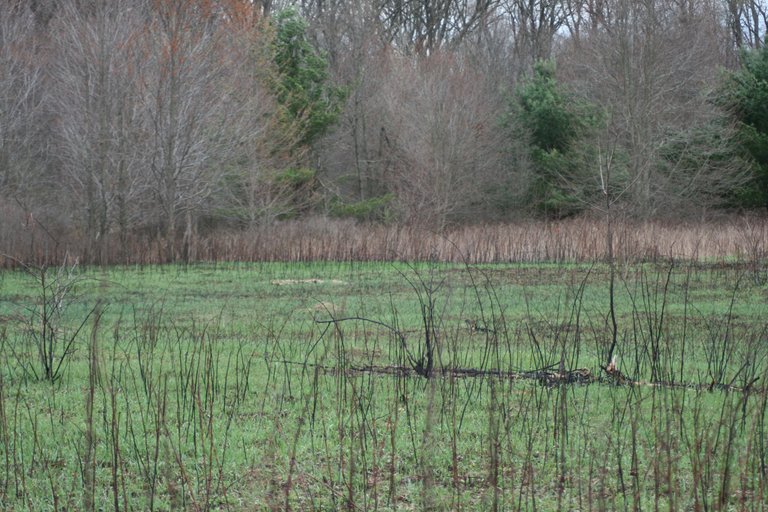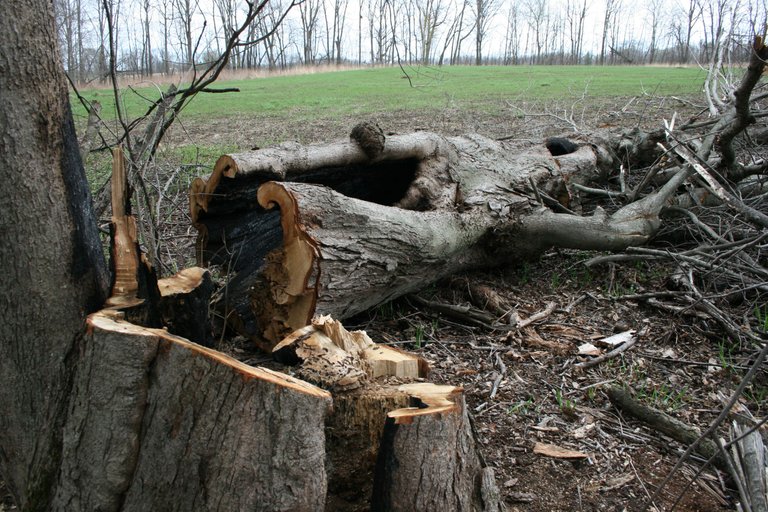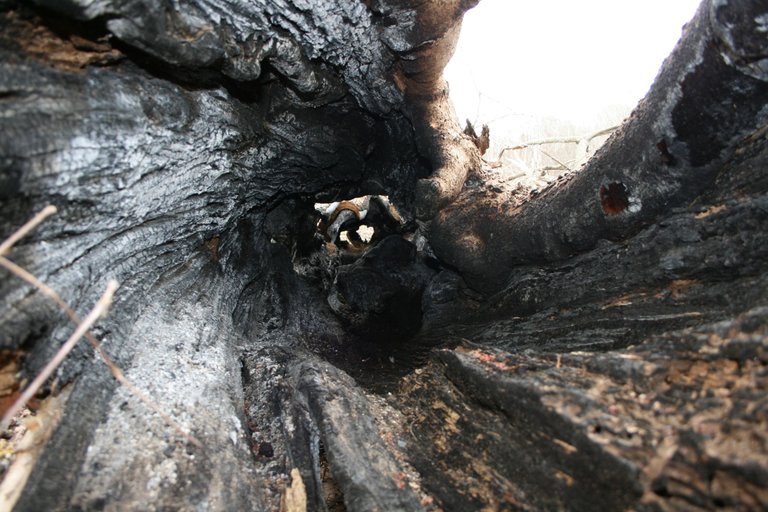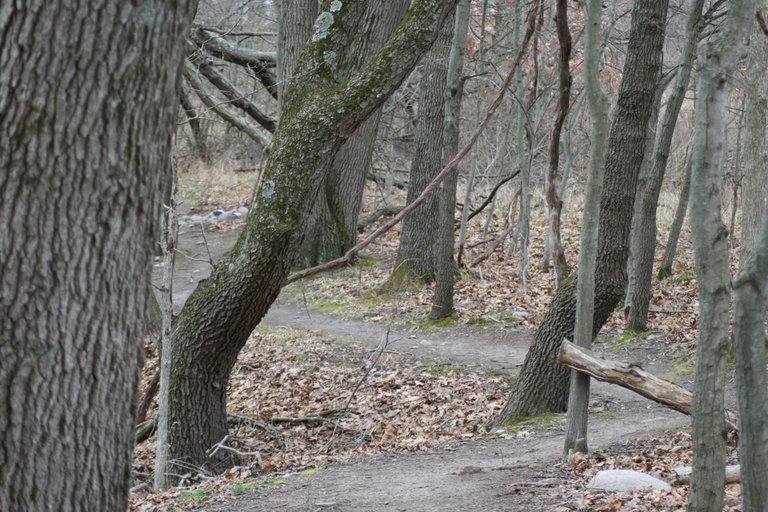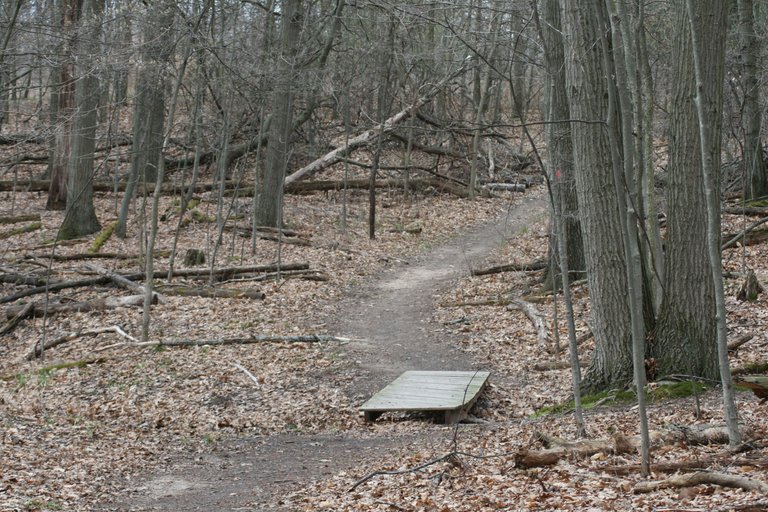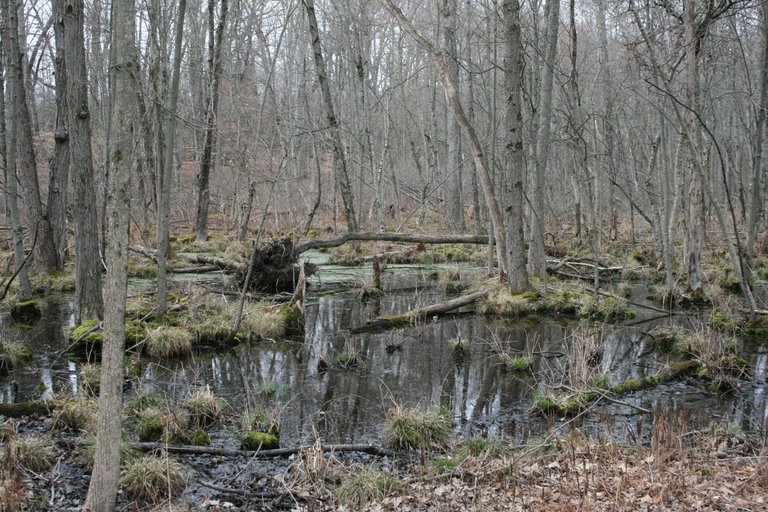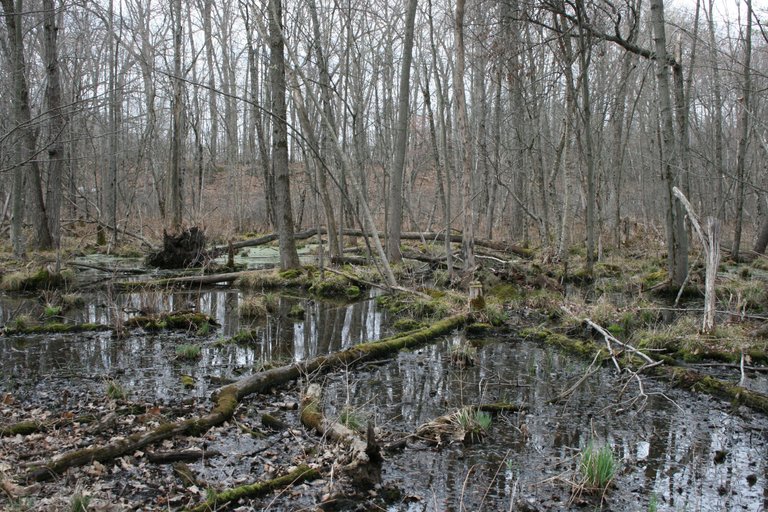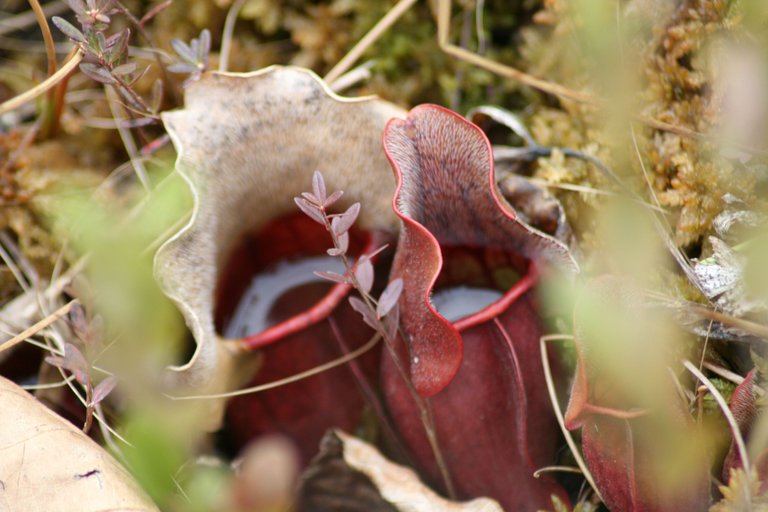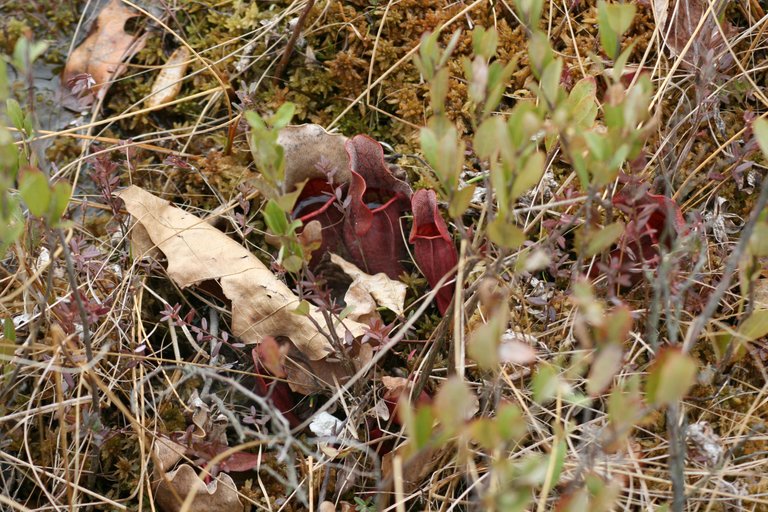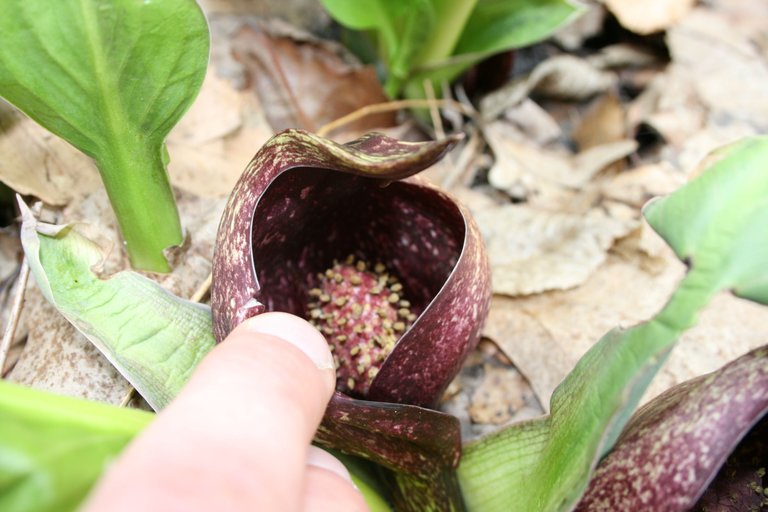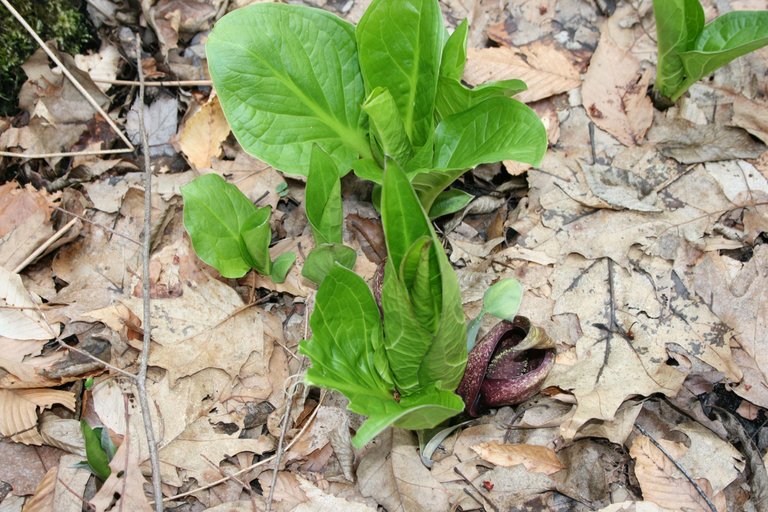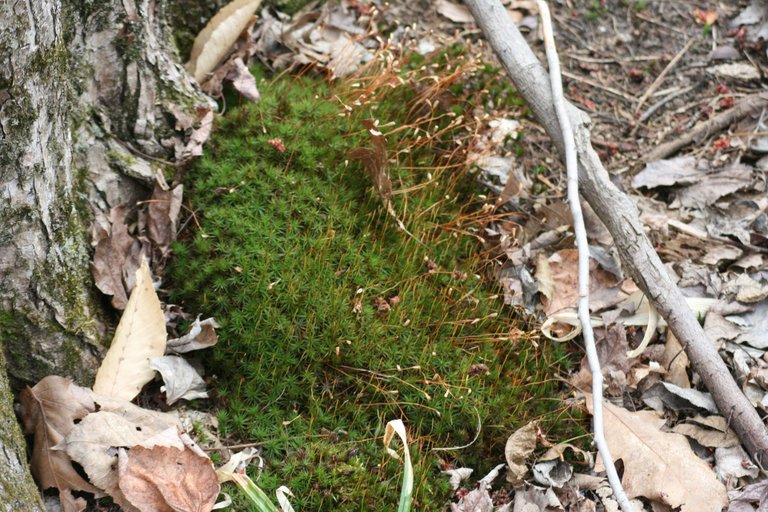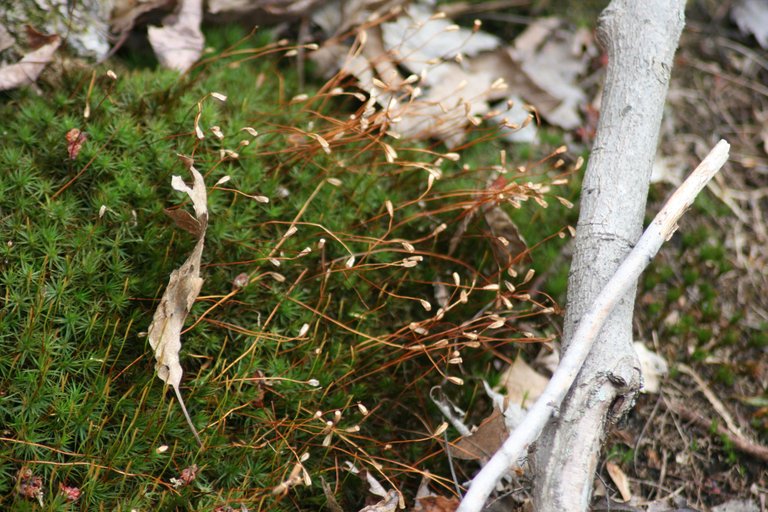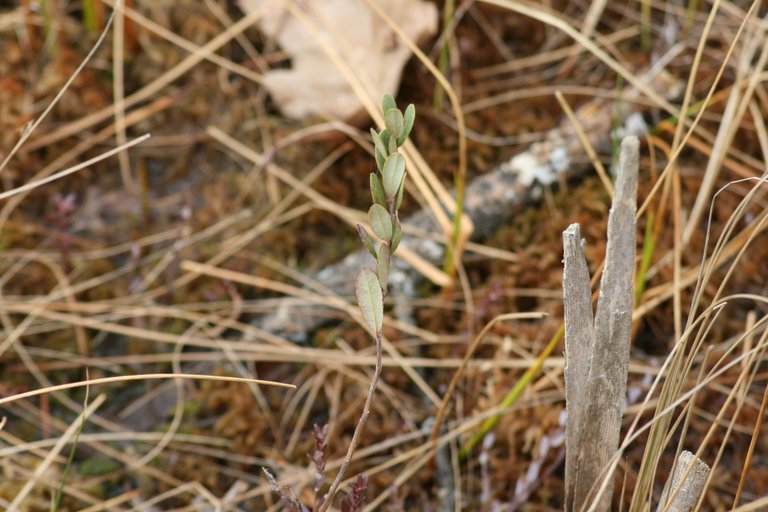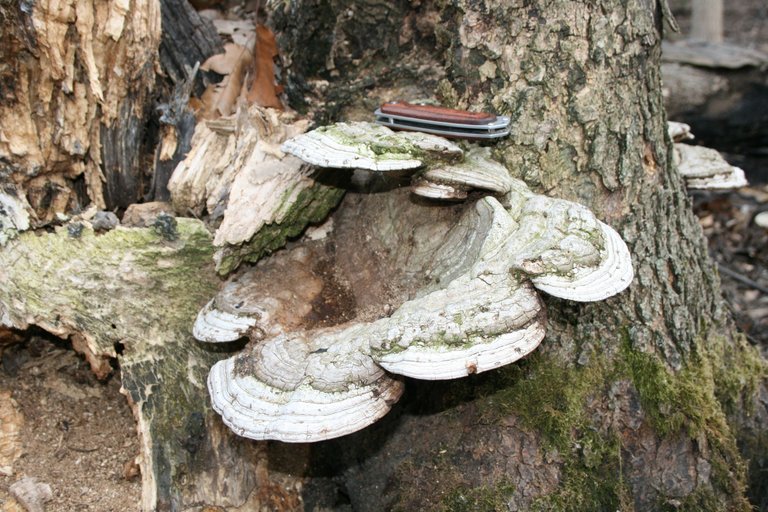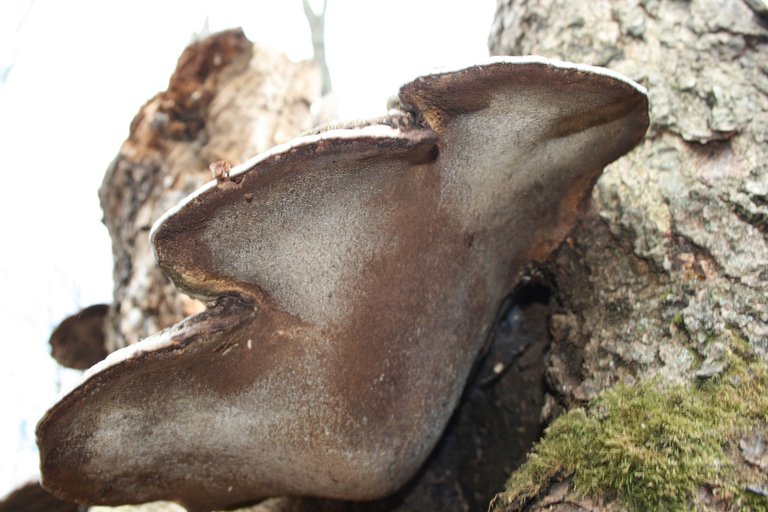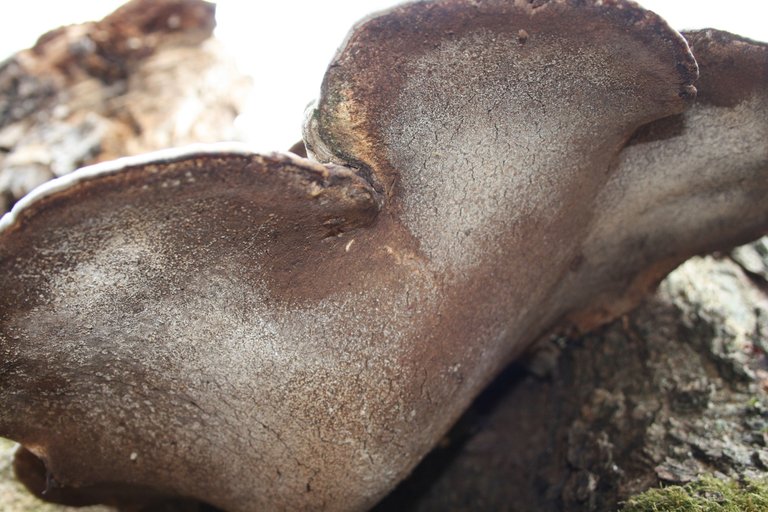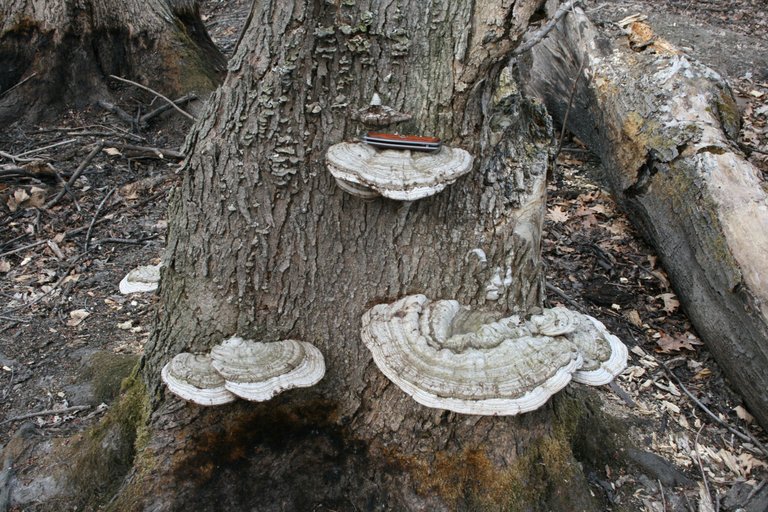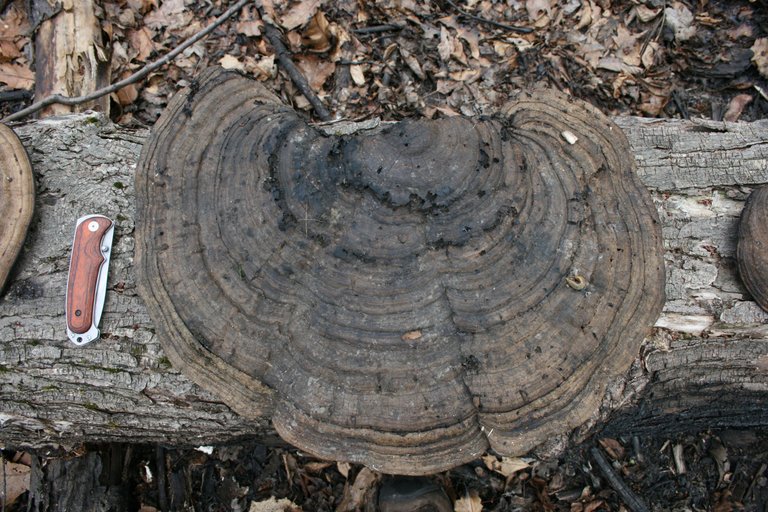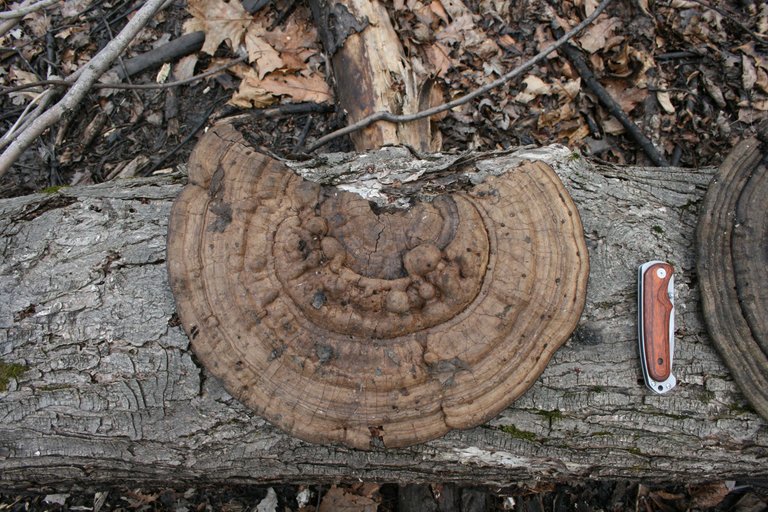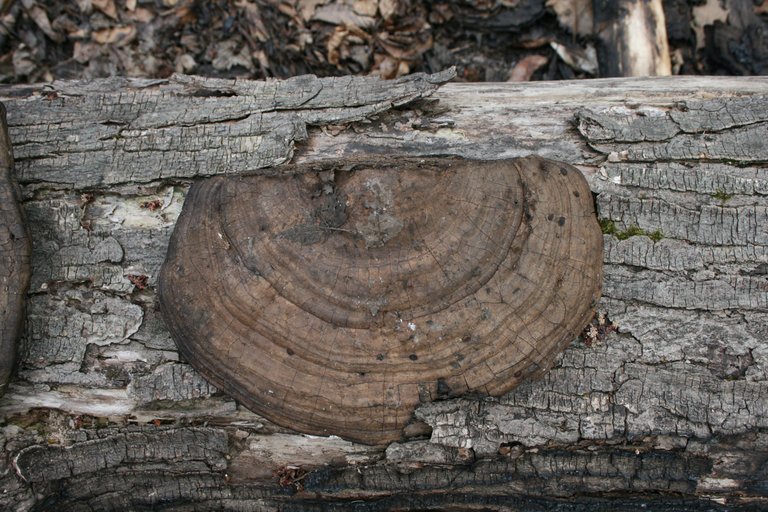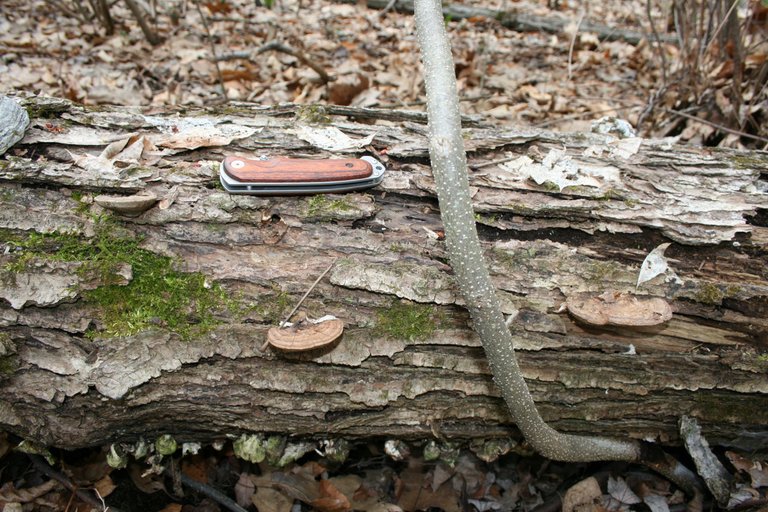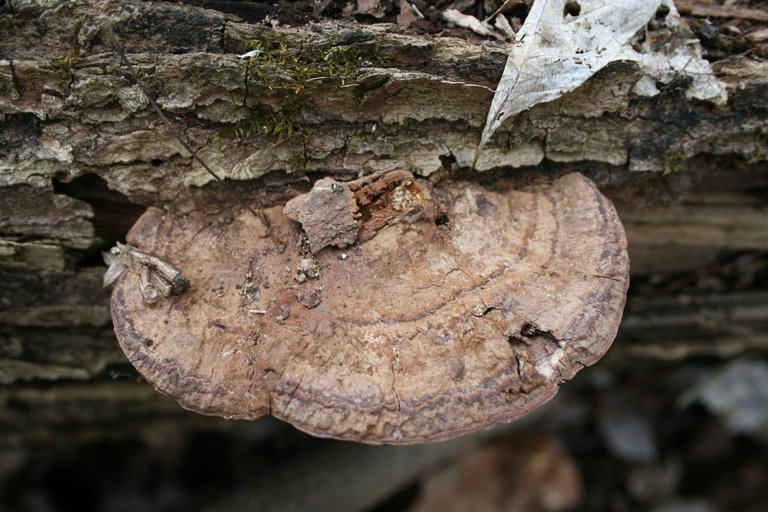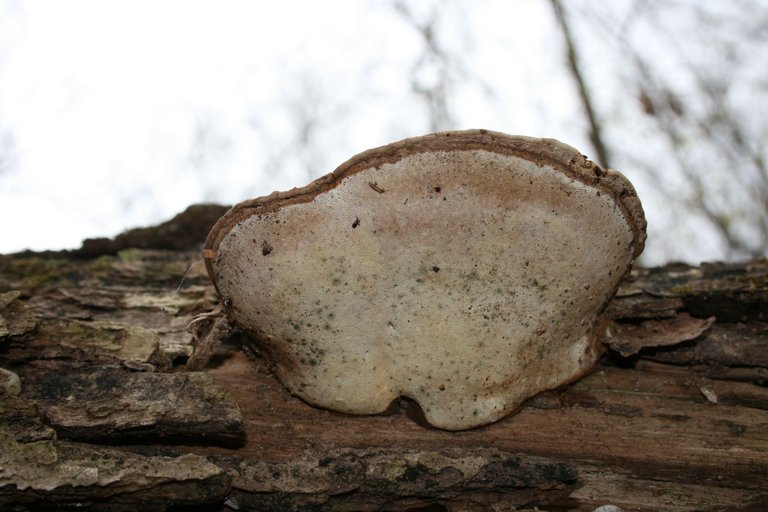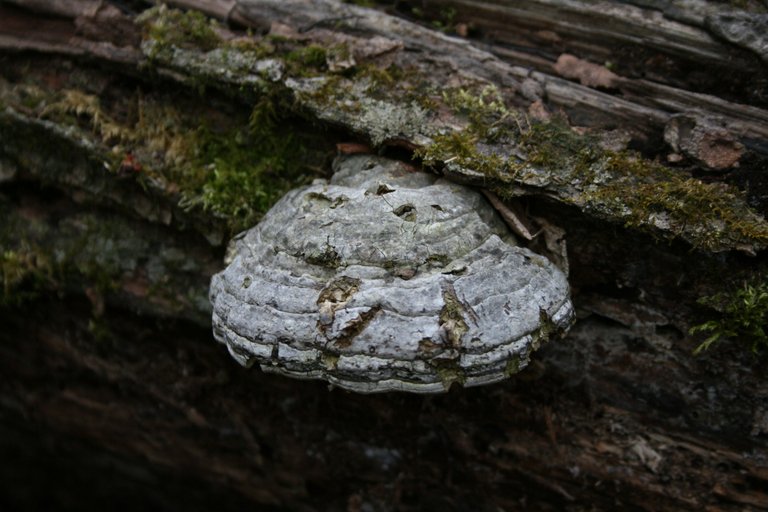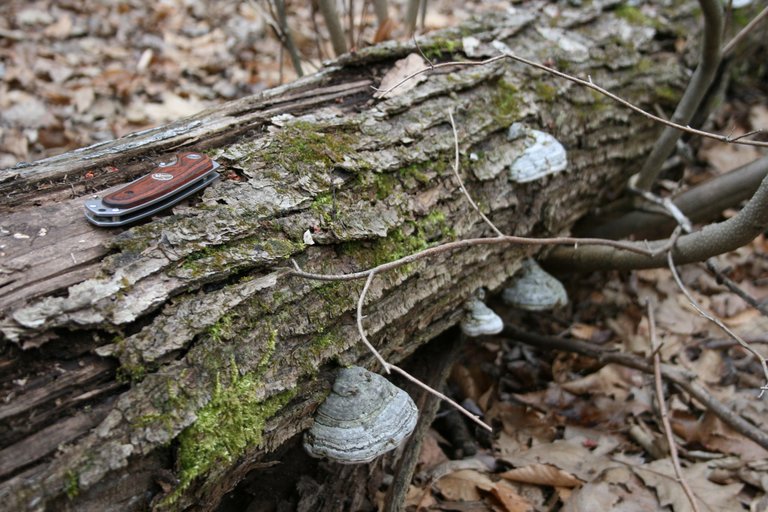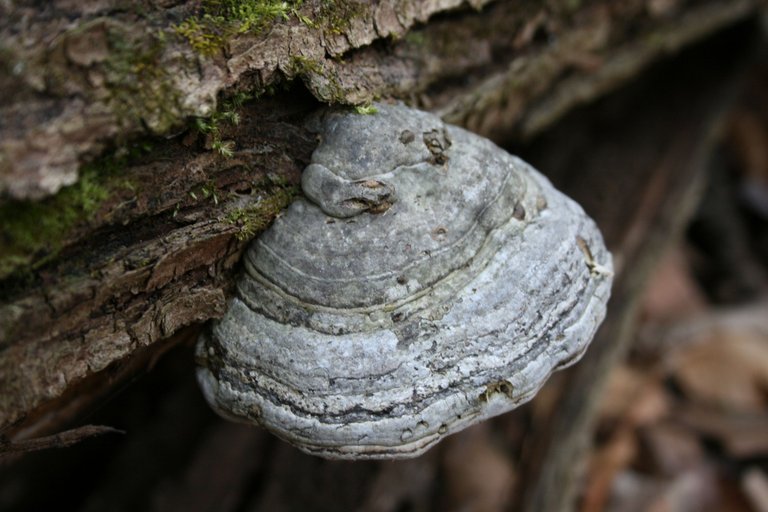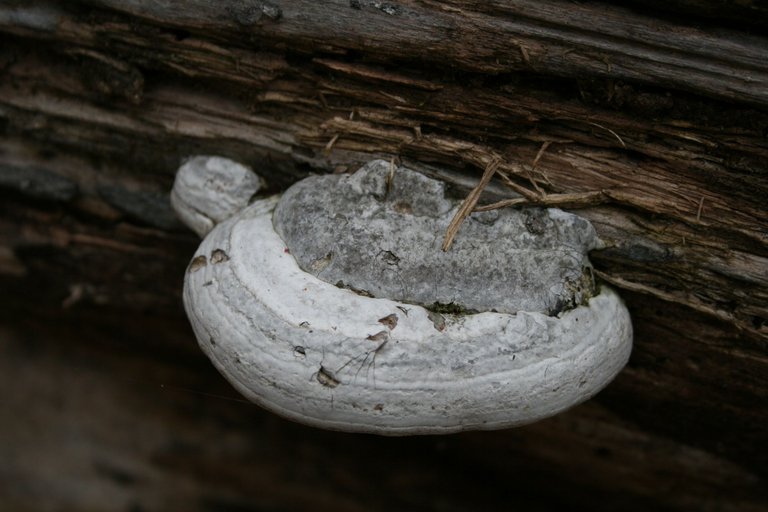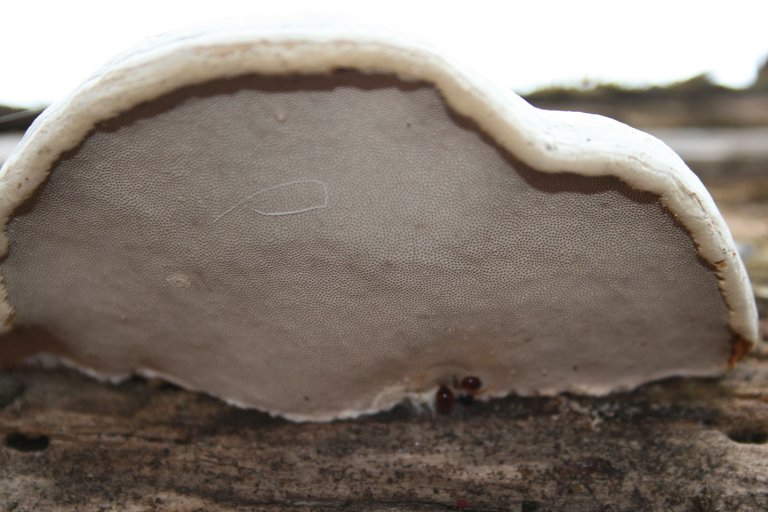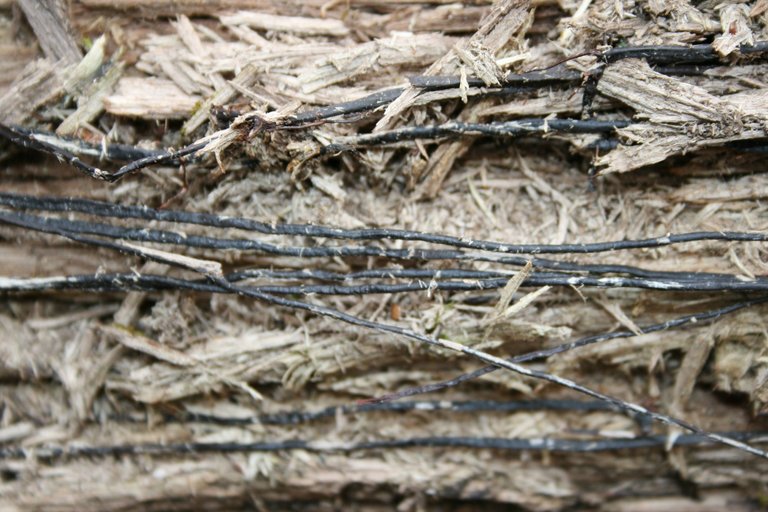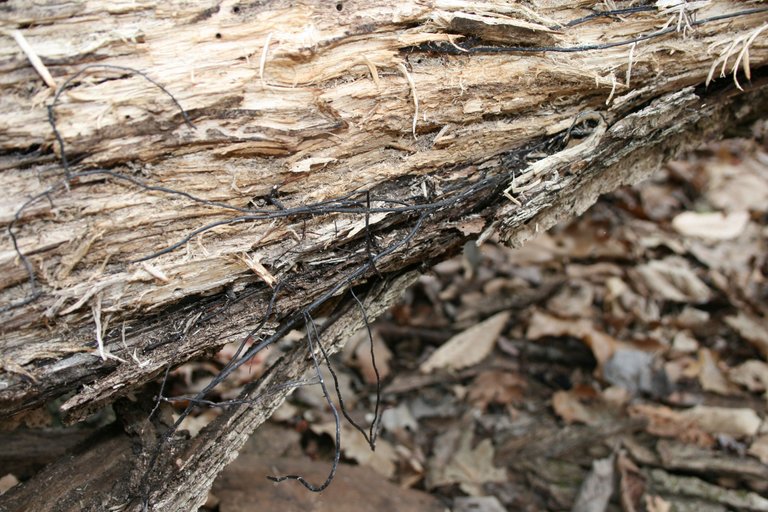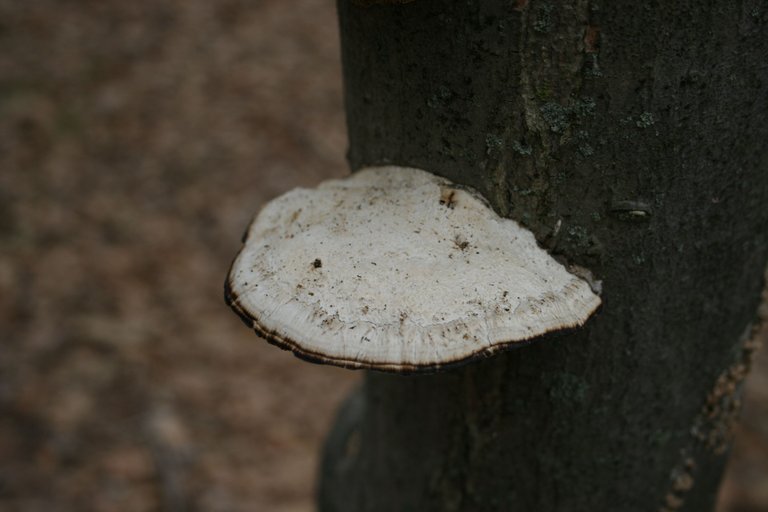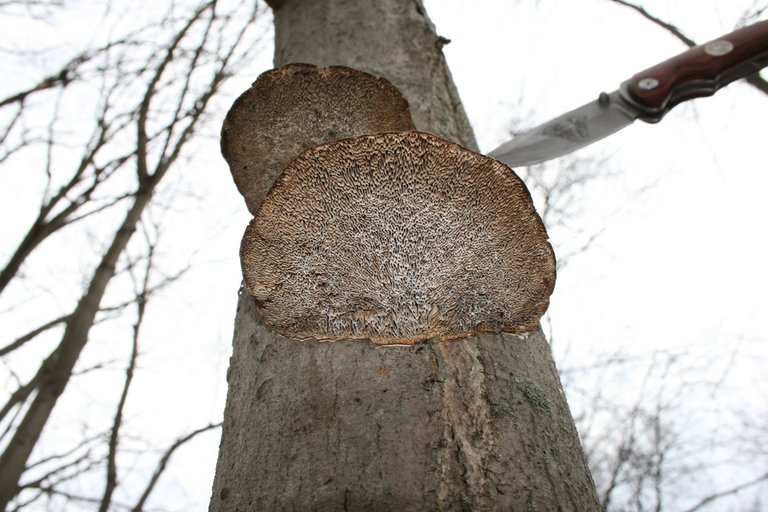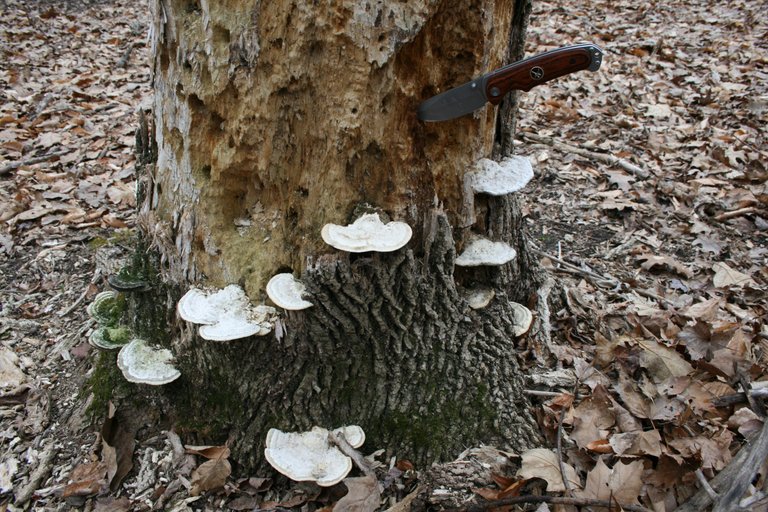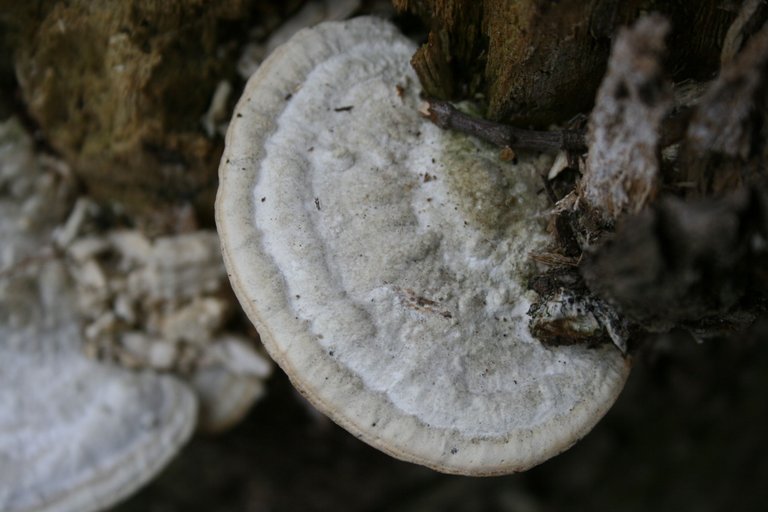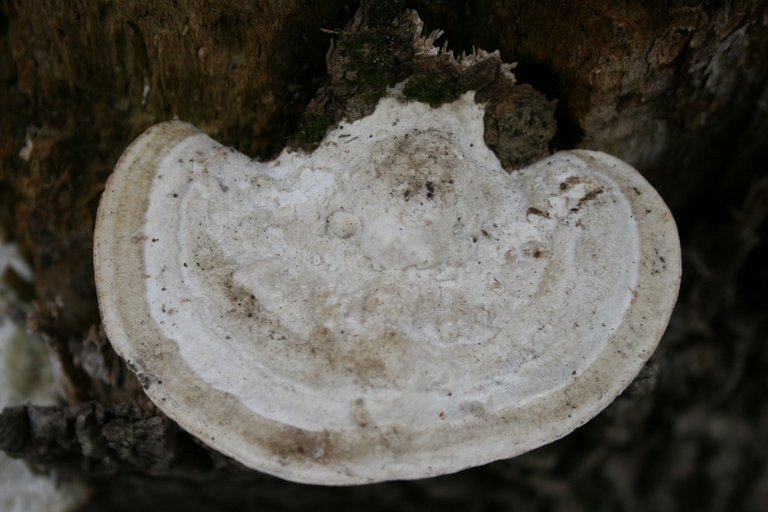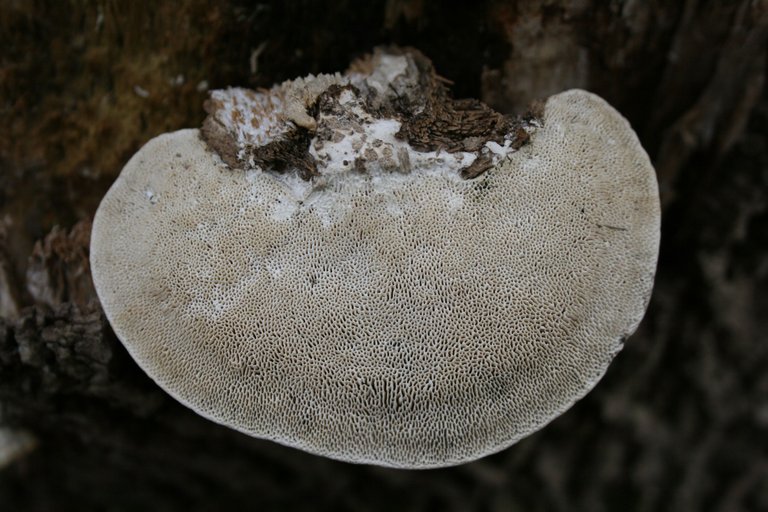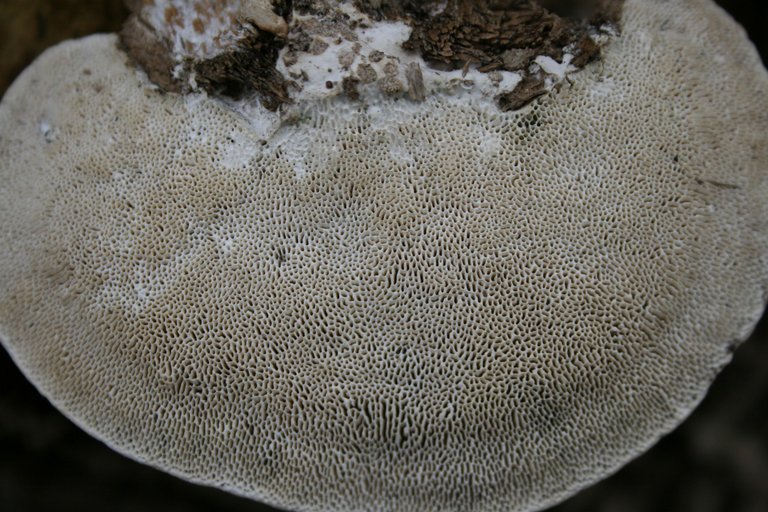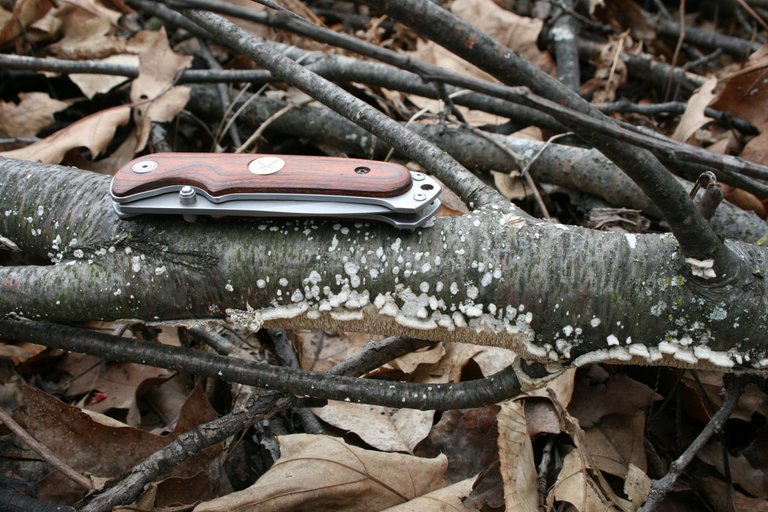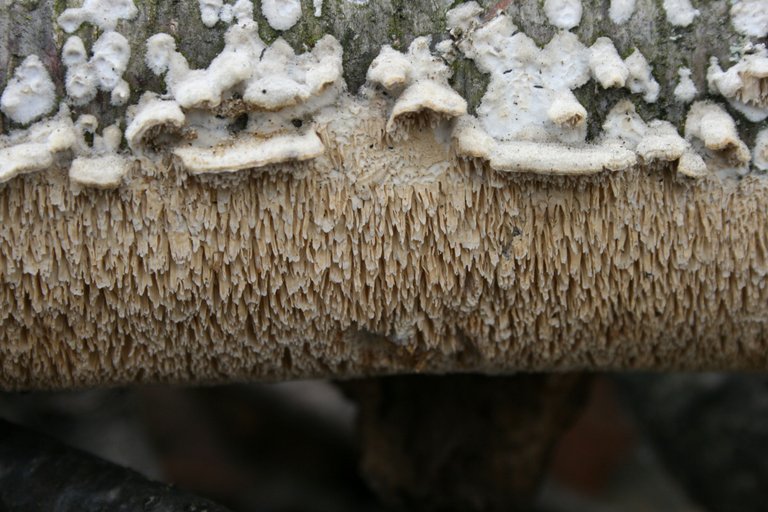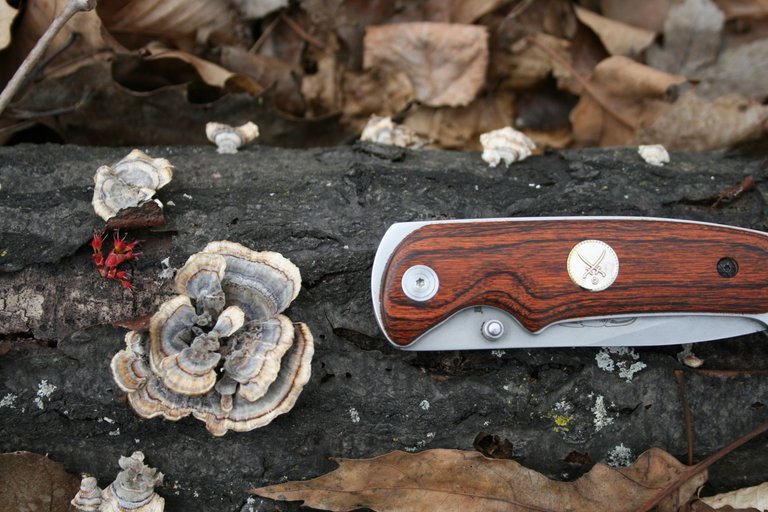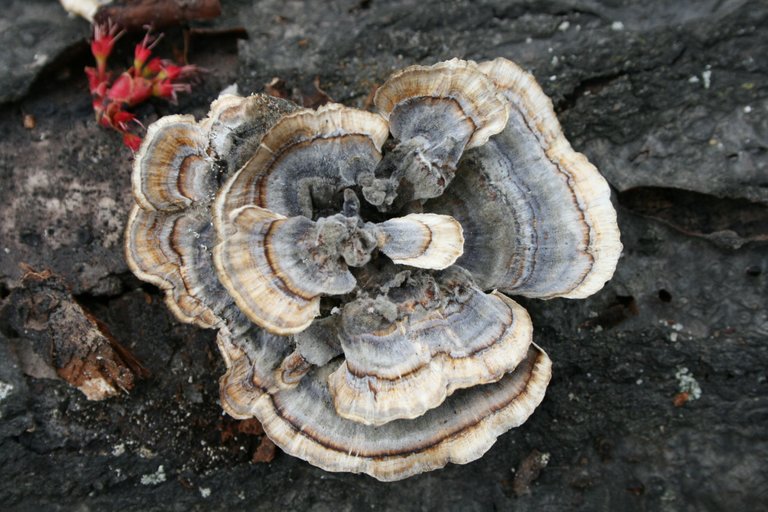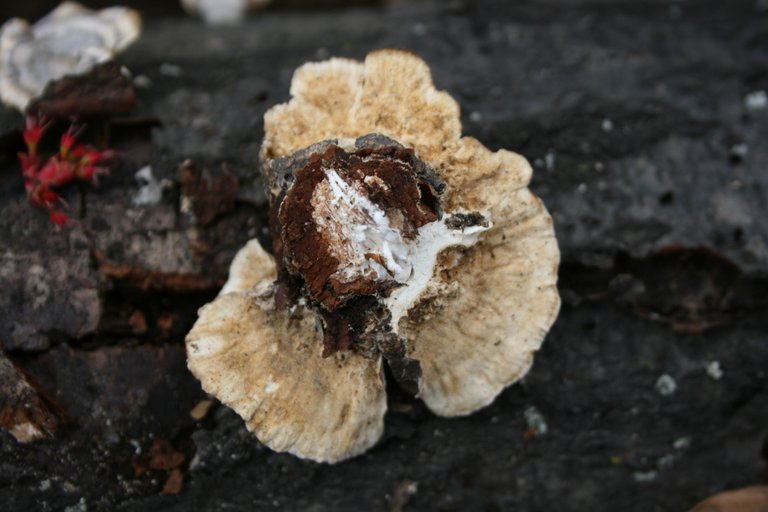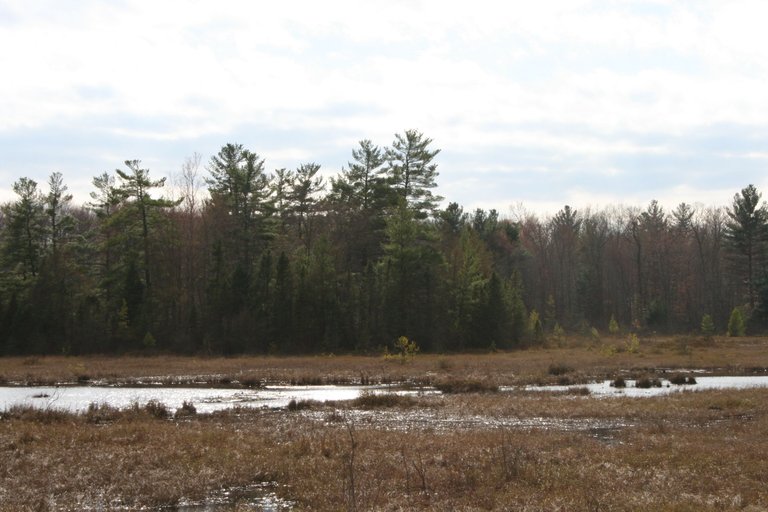Today I visited a bog called The Saul Lake Bog Nature Preserve. The preserve is named after John and Mikel Saul, two brothers who emigrated from Ireland and lived on the land beginning in the 1860s. Today, the property is established as a conservation and restoration land project wherein the goal is to reseed native grasses and trees in order to restore the native prairie and savanna ecosystems that had previously been cleared for agriculture.
While having a geographically small footprint, the preserve hosts a collection of over 90 native plant species as well as providing crucial habitat for migratory birds ranging from Canadian geese to sandhill cranes. Efforts continue to both increase the preserve's biodiversity as well as expand its borders through acts such as volunteer reseeding projects and prescribed burns to promote native vegetative growth.
I was very lucky today in that I was able to find a variety of plant, animal, and fungal species all within a few hours. This is a truly beautiful and bountiful preserve; I will be returning soon :)
Attached are various images taken while hiking through and around the bog. As always, my assumed species identifications are given for each observation. Please correct me if you believe I am mistaken!
Mammals:
A lucky find right away! This little guy popped his head out of the ground only for a few seconds before diving back into his den. I wonder why...
Groundhog (Marmota monax):
Other den entrances found elsewhere in the bog:
Birds:
Looks like we found out what spooked the groundhog. It's hard to tell what these raptors may be only using their silhouette, but based on their size, group hunting/scavanging behavior, and the lack of any white feathers on their heads to suggest they would be bald eagles (our only native eagle species), I am going to say that they are Turkey vultures.
Canadian goose (Branta canadensis):
Mallard (Anas platyrhynchos):
Red-winged blackbird (Agelaius phoeniceus):
American robin (Turdus migratorius):
Downy woodpecker (Picoides pubescens):
You can see the evidence of the prescribed burns used on the property in the charred remains of both grass species as well as some hardwoods at the edge of the bog.
I think it's time to head down to the water. Don't forget your boots!
Seriously though... Don't forget your boots; you will regret it.
Plants:
While I have seen pitcher plants in herbariums and personal greenhouses before, I was completely unaware that they were native to the region; I had always assumed that they only lived in warmer climates. Apparently, this species has a history of medicinal use by Native American and First Nation peoples in the region, particularly to fight viral infections such as smallpox (Source: https://en.wikipedia.org/wiki/Sarracenia_purpurea).
Purple pitcher plant (Sarracenia purpurea):
Eastern skunk cabbage (Symplocarpus foetidus):
Haircap moss (Polytrichum sp.):
Leatherleaf (Chamaedaphne calyculata):
Fungi:
Last, but certainly not least: the fungi. My best find of the day was by far the very large samples of Ganoderma lobatum that I found fruiting from a stump surrounded by recent fire-scarring. The largest shelf was around 0.5 meters in diameter: definitely one of the largest singular fruitings I have ever come across.
Ganoderma lobatum:
Smaller samples found elsewhere in the bog:
Tinder conk (Fomes fomentarius):
These black root-like structures that can be found snaking their way along this fallen tree are the mycelium of the Honey mushroom (Armillaria mellea). Once the right conditions are met, this networking mass will produce these prize edible mushrooms. Keep your eye out for them!
Honey mushroom mycelium (Armillaria mellea):
Walled maze polypore (Daedaleopsis confragosa):
Lumpy bracket (Trametes gibbosa):
Milk-white toothed polypore (Irpex lacteus):
Turkeytail fungus (Trametes versicolor):
Thank you for walking with me.
My NFT Showroom gallery: https://nftshowroom.com/tych021/gallery
Creary Gallery: https://creary.net/@tych021/projects
Publish0x reflink: https://www.publish0x.com?a=M7e58kDYd2
PeakD reflink: https://peakd.com/register?ref=tych021
NFTShowroom reflink: https://nftshowroom.com/?r=tych021
Twitter: https://twitter.com/ilove1coffee
